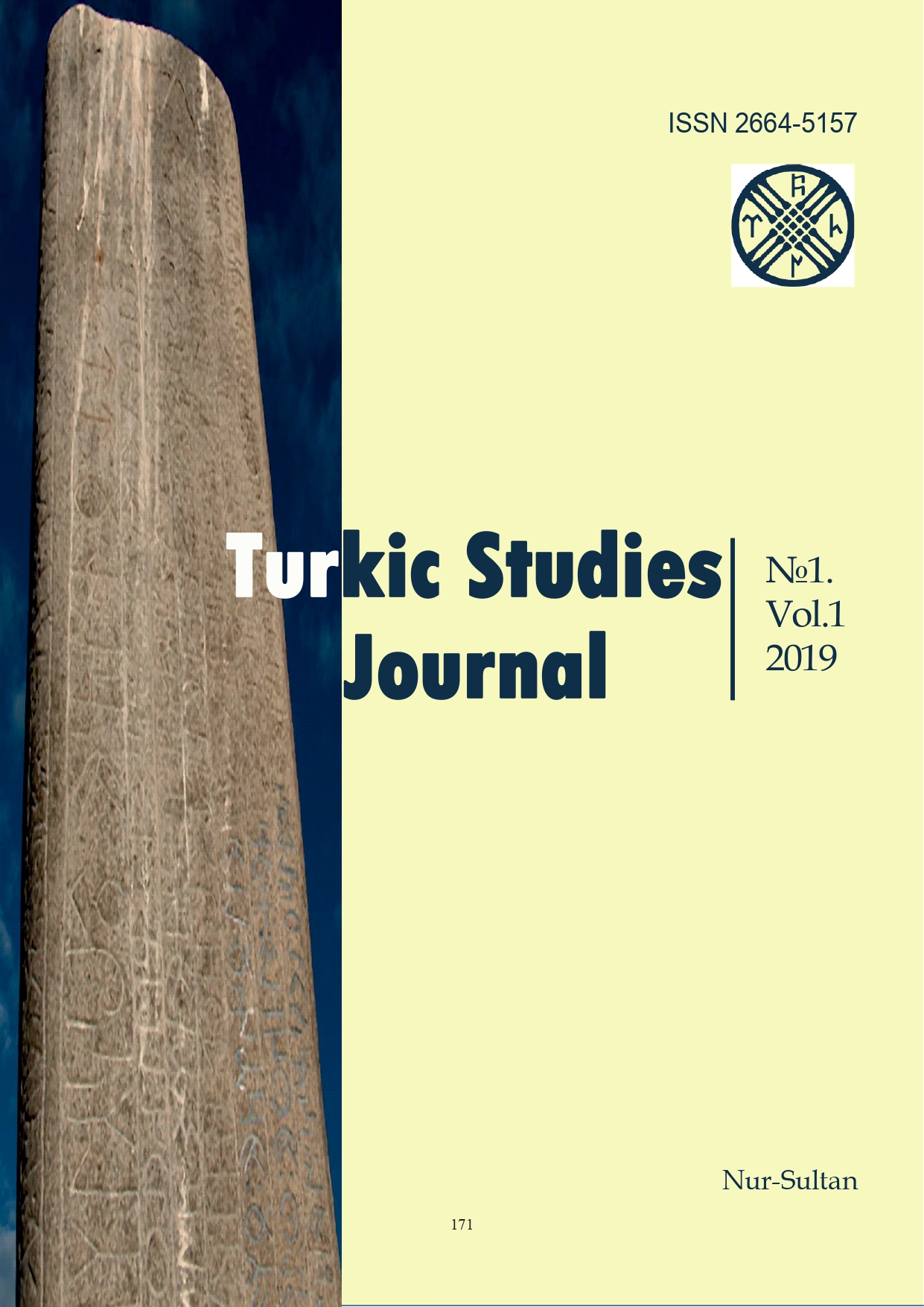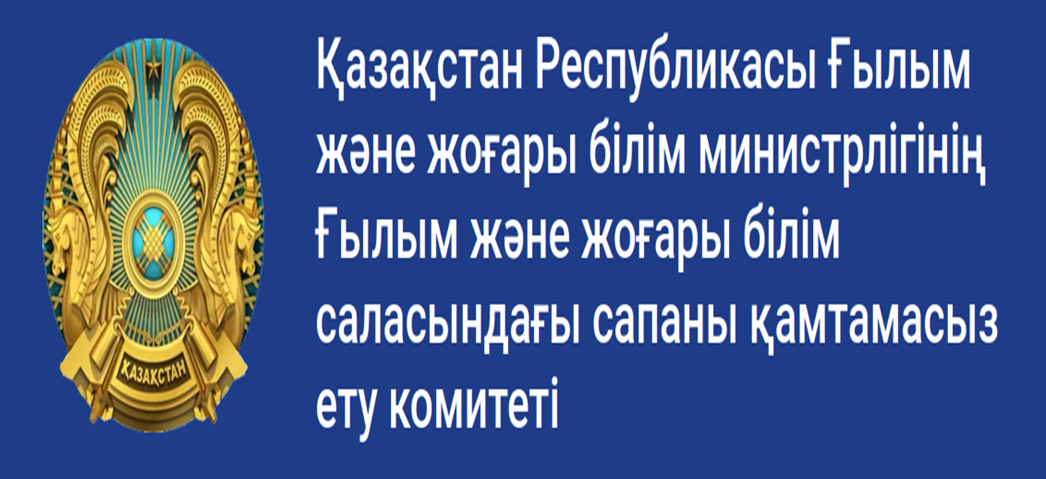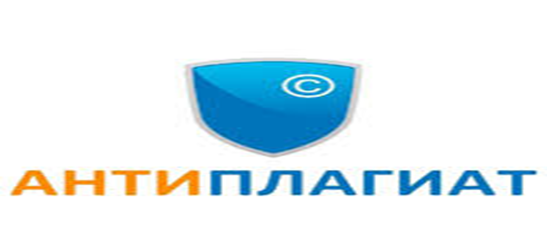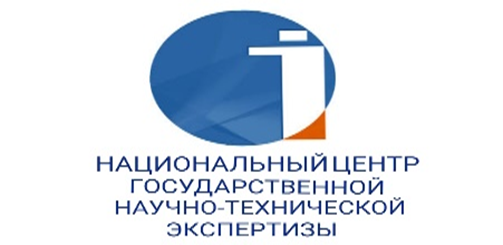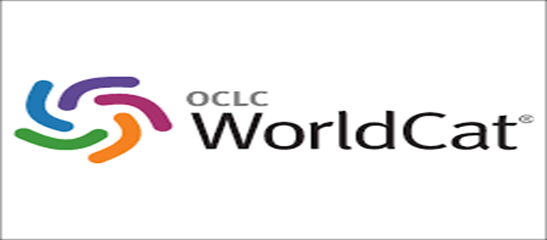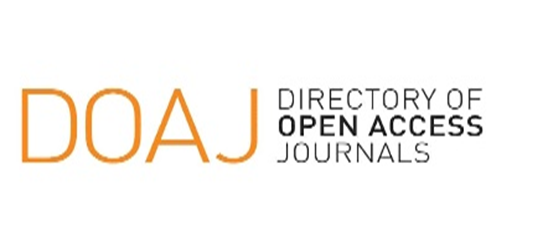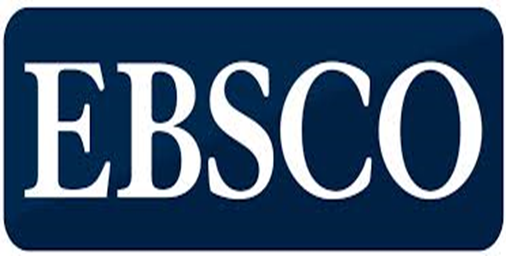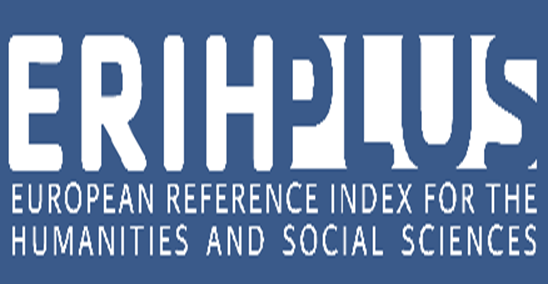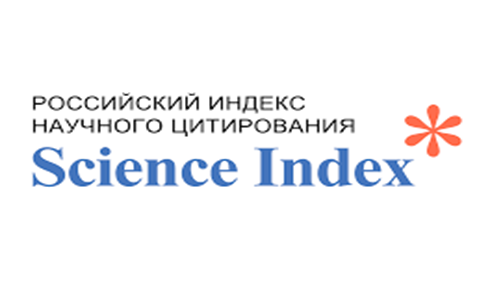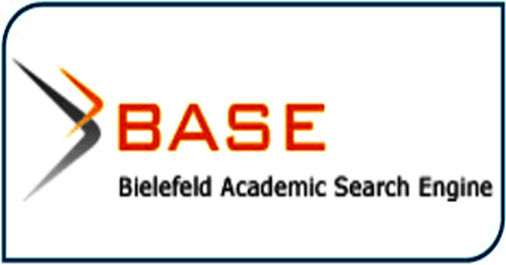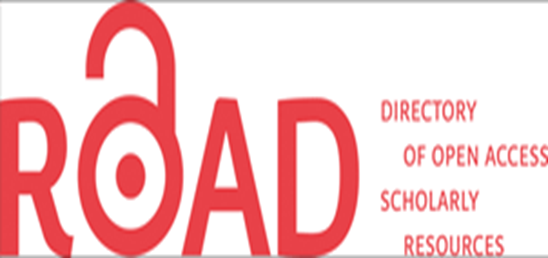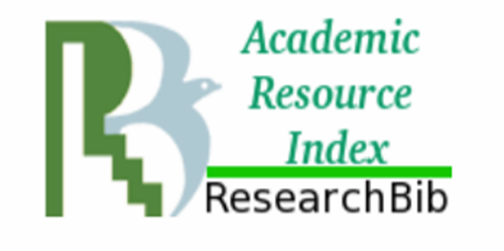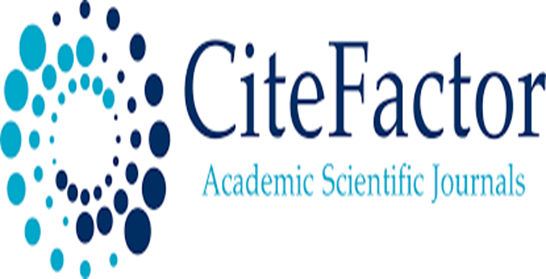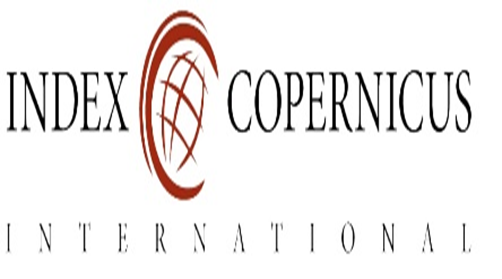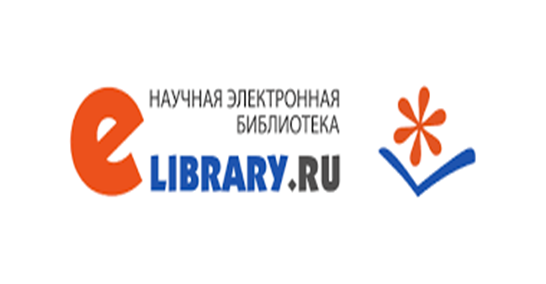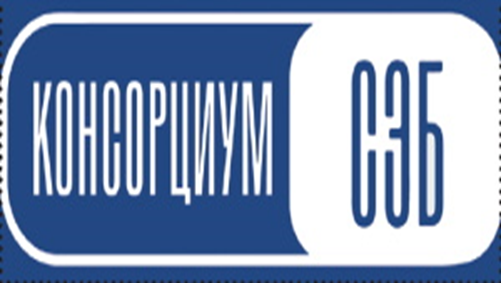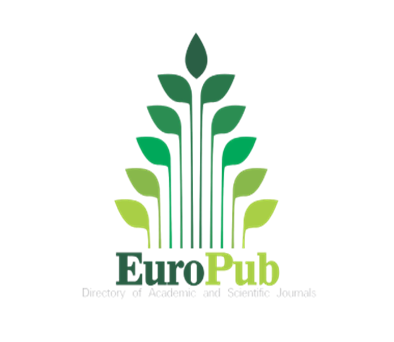“Kyrgyz-Russian dictionary” of 1897: cultural and linguistic explications
Views: 264 / PDF downloads: 247
DOI:
https://doi.org/10.32523/tsj.01-2019/5-5Keywords:
writing; graphics cases; monument; world view; ethnic constants; linguistic successionAbstract
The article is devoted to relevant topic in turkology – analysis of Turkic (Kazakh) monument of XIX centuries which was written in Cyrillic graphics. The author of the article reveals reasons of this transition at the turn of XIX XX centuries by many Turkic folks, including Kazakhs, into Cyrillic script that gave an opportunity to broaden people’s minds, get Turkic folks familiar with Russian and Western culture and science, and meanwhile it had become possible for Kazakh folk to create own graphic and writing systems. Aim of the article: release dictionary as Cyrillic monument, as a cultural and linguistic source where language and nonlanguage knowledge regarding Turkic world are stated. Linguistic knowledge exposes world view through the lens of lexical items: key concepts of Kazakhs at the turn of the century, nonlanguage knowledge is presented in rituals, traditions and customs which have been reflected in monument. Significant case of this article is a semantic analysis of the monument’s lexical items which uncovers historical process of semantical transformation of Turkic words, on one side, and demonstrates semantic successive bond between lexical items of monument and vocabulary fund of modern Kazakh language and Turkic languages at all, on the other. The dictionary fund of the monument is a bright indicator of the functioning of historical vocabulary, as well as an indicator of the sense trasformation of lexems or their semantic continuity with the dictionary fund of modern Kazakh language, in particular, and Turkic languages in general.

